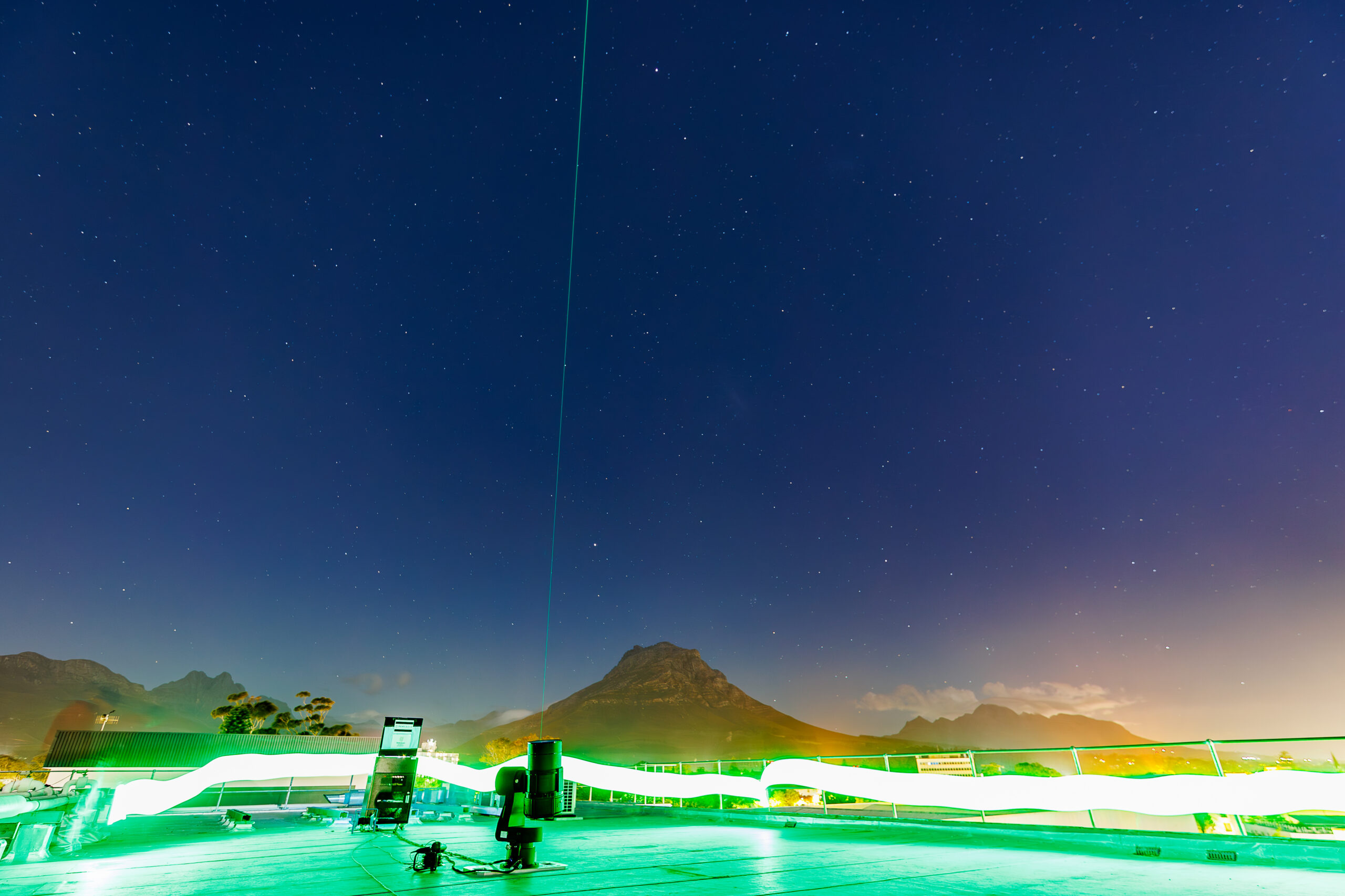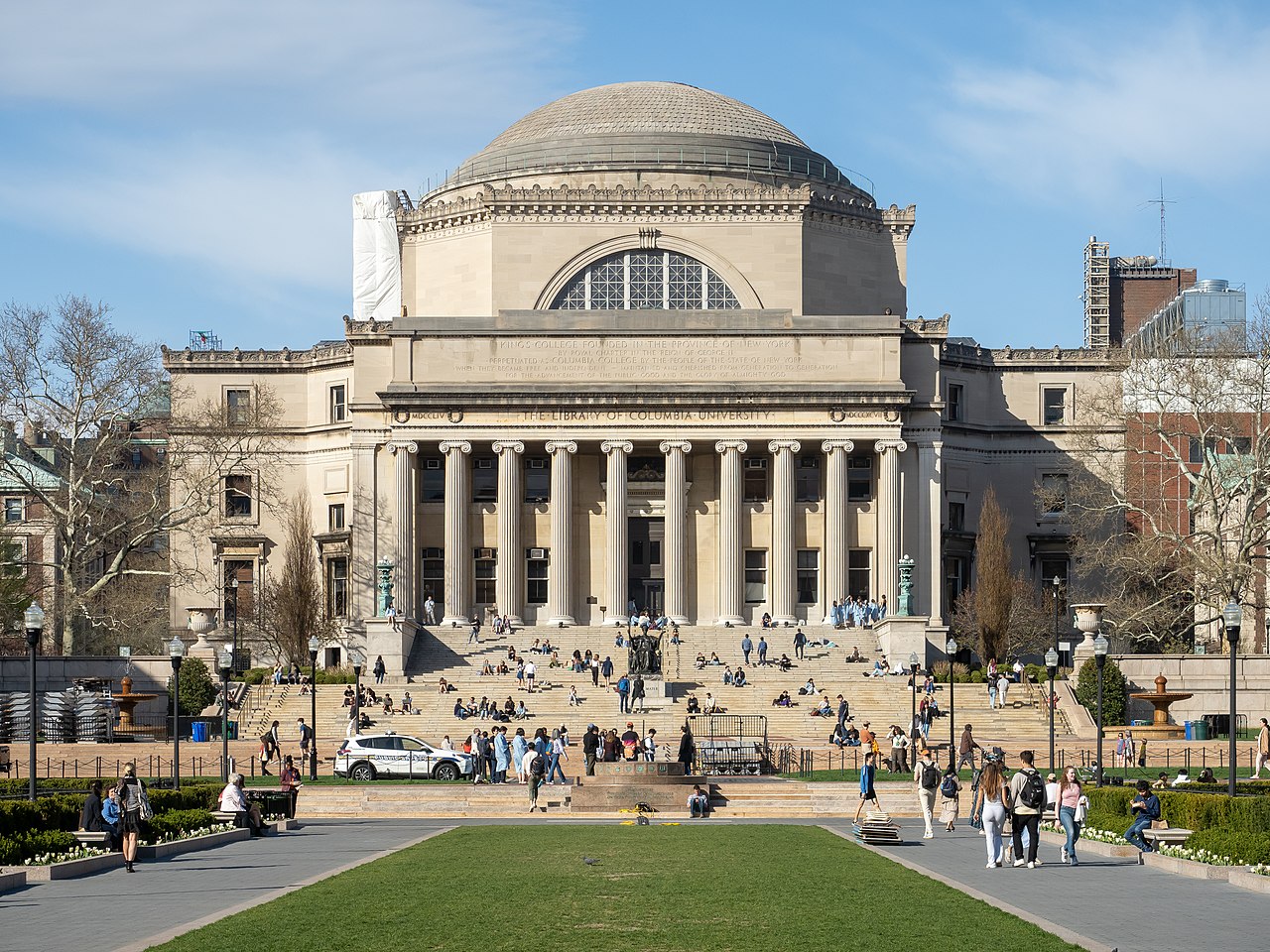By Zubeida Jaffer
Who am I?
I am a child of God and am part of the universe.
I was born into a Cape Muslim family.
I am neither white, nor black, nor pink, nor blue.
I am a human being, part of a common humanity.
I am a woman, a journalist and a story–teller.
Let me tell you the story about the part of the world I find myself.
Let me tell you the story of being South African.
Once upon a time long long ago, an asteroid the size of Table Mountain crashed into a spot marking out what was to become South Africa. In the Barberton Mountains east of Johannesburg, ancient greenstone rocks preserve the fossilised remains of ancient bacteria and record the earliest evidence of life 3.5 billion years ago. The wealth of pre-human and human history within its borders allows South Africa to lay claim to being the cradle of life. (1)
In the Karoo rocks, from the foothills of the Drakensberg are fossils of the oldest known dinosaurs. These include the oldest dinosaur eggs (200 million years old). Dinosaurs were present throughout the world 180 million years ago and dominated the landscape until they succumbed to an extinction event 65 million years ago. (2)
Only between 200 000 and 100 000 years ago did we begin to find clear evidence of the emergence of modern humans: Homo Sapiens. The oldest reliably dated specimen from 195000 years ago was found in Kenya.
A much younger skull, also from the Eastern Cape, near the small village of Hofmeyer, was found to be 36 000 years old and demonstrates that only after human beings spread out of Africa 50 000 years ago did modern geographic variability emerge. (3)
This means that Africans spread to different corners of the globe and over time changed in their appearance influenced by the local geographical conditions. They gradually developed the tools and skills that helped them master their environment and become the dominant species on earth.
Current thinking is that the more complex human language and symbolic thinking began to emerge between 150 000 and 50 000 years ago. By this time Homo Sapiens, maker of tools , controller of fire and effective communicator was, as we have seen, beginning to move out of Africa into Asia and Europe to inhabit virtually the whole planet. (4)
Evidence also exists that life all those years ago in this part of the world was not just about catching fish and hunting animals. It was also about song, dance and art. In a coastal cave east of Cape Town, an exciting find of pierced shells and a patterned ochre fragment has enabled archaeologists to push back the earliest known instance of art and jewellery to some 77 000 years ago. The wealth of rock paintings in southern Africa – from the Cape to the Zambezi River there are an estimated 30 000 sites – conveys invaluable information about human history, a hunter-gatherer past that lasted , for some groups of people, for millennia and well into the 19th century. (5)
African Rock Art is amongst the world’s oldest surviving art, predating writing by tens of thousands of years. Today, it helps us understand how our ancestors thought, saw and portrayed their world. Some rock paintings and engravings are themselves magnificent art, comparable to some of the finest works found in the World’s art galleries. African rock art is not just an African heritage, but a World heritage. (6)
The earliest people known to have lived in this part of the world were the San and the KhoeKhoe peoples (described individually by social scientists as the Bushmen and Hotentots or Khoikhoi and collectively known as the KhoiSan.
The KhoiSan were resident here for thousands of years and according to archaeologist, modern human beings had lived here for more than a 100,000 years.
The hunter-gatherer San ranged widely over the area; the pastoral Khoekhoe lived in those comparatively well-watered areas, chiefly along the southern and western coastal strips, where adequate grazing was to be found. Over time they moved north into what is known as the Eastern Cape today and intermingled with the Amaxhosa enriching the local language with their clicks. Today there are sixteen different clicks in the Xhosa language as a result of the influence of the KhoiSan whose languages were drawn from the sounds of nature. (Interestingly Madiba comes from this mix. He is maternally KhoiSan and paternally Southern African Bantu according to his DNA)
Evidence of KhoiSan presence remains in the Drakensberg areas as well. Today, 516 sites have been properly surveyed, containing a total of 29 874 paintings. By the third century AD, there was also the migration down the Eastern side of Africa from as far as Kenya. This resulted in settlements of people in the KwaZulu-Natal area where their distinctive Nguni-speaking culture had developed within their own region.
One of their great leaders, Autshumayo, was recognised by Madiba when he became president.
Further north, artefacts at the Thulamela site indicate that the northern Kruger National Park was first occupied in the 13th century. The ruins of Mapungubwe, where artefacts from as far away as China have been found, are the remains of a large trading settlement thought to stretch back to the 12th century. Agro-pastoralists, these people brought with them an Iron Age culture and sophisticated socio-political systems.
The Europeans came to settle much much later in 1652 under the auspices of the Dutch East India company which needed a refreshment post on their trading route to the East. But then they became aware of the potential and beauty of our land and decided to stay.
Their relationship with the KhoiSan was initially one of bartering, but a mutual animosity developed over access to pasteurs making the KhoiSan realise that they were under threat. The first major sign that the threat was to be realised came in 1657 when nine men working for the company were released from their contracts and by royal decree granted title deed to land along the Liesbeeck River. Each were granted 15 morgen of land in what is now known as Bishopscourt very close to the Anglican Archbishop Thabo Makgoba’s residence. And so began the systematic appropriation of our land and the 150 year resistance of the KhoiSan. Land ownership was organised differently in the oral tradition something which the Europeans refused to recognise. The written title deed of the Queen of the Netherlands had more validity in their eyes. Just imagine if the Khoisan or the Sothos had landed in their country and imposed their system on the Dutch.
In that same year, 1657, the first slaves were imported from the Indonesian Islands and India, bringing the skill and labour that built the Cape. In 1659, they started building a wooden fence, with watch towers, from the mouth of the Salt River, through Rondebosch to Kirstenbosch, using the deeper parts of the Liesbeeck River as part of the barrier. To finish the barrier quickly, a hedge of indigenous wild almond trees (Brabejum stellatifolium) and thorny shrubs was planted along the section between the river and Kirstenbosch.
It locked out the indigenous people who had freely enjoyed access to the Salt River, the Black River and the Liesbeeck River so named by the Dutch East India Comapany.
The earliest discernable presence of Xhosa-speaking people can be traced back to the seventh and eighth century AD. By the end of the sixteenth century, they were living around the Mtata river, the Kei, Keiskamma and Great Fish Rivers.
Like the Khoisan they too resisted the European encroachment and for a 100 years and in nine wars they fought heroically. The pattern was similar for the Zulus and a number of other groups. The Zulu kingdom had succeeded in building a sophisticated state. The British only managed to defeat them through a lengthy military campaign and then broke up their land into pieces and handed plots to European farmers.
As with most matters in life, every experience has two sides – the negative and the positive. The Europeans brought war and dispossession but also brought the written word around the beginning of the 1800’s with the coming of their missionaries and their Churches.
Through exposure to this skill, we slowly added it to our ways of recording our stories alongside our oral traditions kept alive by the imbongis and oral story-tellers across the country. (The most well-known being Gcina Mhlope who straddles both traditions). Today we have a mix of skills contributing to a rich culture within which our profession finds itself. . Journalists were some of the key players to resist colonialism and apartheid. I am one of those journalists and remain committed to grow a country free of racism, sexism and poverty. I am a South African. This is is where I practice my craft, sending stories into the world. This is who I am.
Sources
Francis Wilson in his short history of South Africa called Dinosaurs, Diamonds and Democracy
Zubeida Jaffer, The Life of Charlotte Maxeke, unpublished manuscript.
Neil Mostert, Frontiers, The Epic of South Africa’s creation and the Tragedy of the Xhosa People
Karis and Carter, From Protest to Challenge, Volume 1
Trust for African Rock Art. www.africanrockart.org
John Leibrand, The Rise and Fall of the Zulu Nation
Footnotes
1. Francis Wilson, Dinosaurs, Diamonds and Democracy, Page 11
2. Francis Wilson, Dinosaurs, Diamonds and Demcracy, Page 14
3. Francis Wilson, Dinosaurs, Diamonds and Demcracy, Page 24
4. Francis Wilson, Dinosaurs, Diamonds and Demcracy, Page 24
5. Francis Wilson, Dinosaurs, Diamonds and Demcracy, Page 30
6. Trust for African Rock Art. www.africanrockart.org)



